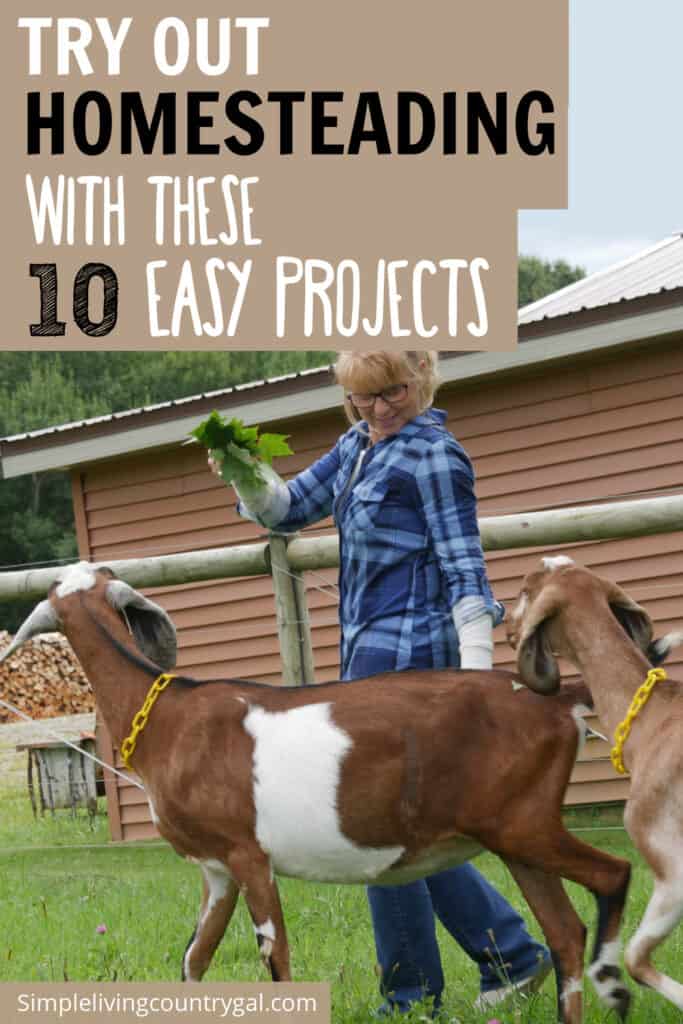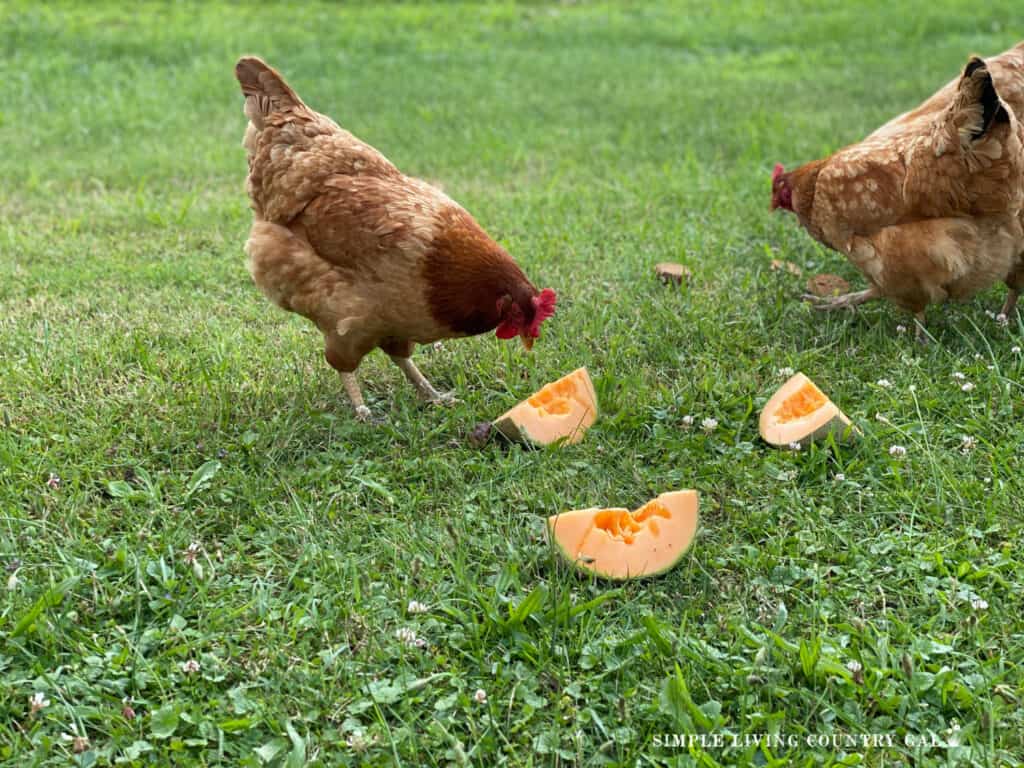beginner homestead Projects
Starting anything new can be a bit overwhelming, especially a homestead. Today, we are going to map out tips that you can try out for your beginner homestead projects. Test drive this unique way of life and see if it is the right fit for you.
Homesteading tips that you can put into action and transform how you live both inside and outside of the home.

With so much craziness around us, now is a great time to explore living a self-sufficient life. Whether that means growing your own vegetables or even generating your own power off the grid – there are many ways for beginners to introduce themselves to this new way of life slowly. We will discuss several tips for a beginner homestead. Simple ideas anyone can do, such as gardening, raising chickens, using homemade products, or filling your freezer with fresh organic foods.
10 beginner homestead projects
Don’t feel like you have to do everything all at once; choose just one to try out and see how it goes. Take on a few projects at a time and gradually build up your homestead.
#1. Start a Garden, Even if It’s Small
One of the first things to try on your beginner homestead is starting a garden. This can be as simple as a container garden on your balcony or a small raised bed in your backyard. You can start with easy to grow vegetables like tomatoes, cucumbers, and lettuce. Gardening provides fresh produce for your family, teaches you valuable skills, and connects you to nature.
Easier on You Gardening
- So Simple DIY Kitchen Herb Garden
- Easy Container Gardening Tips for Beginners
- How to Start a Vegetable Garden Indoors
#2. Raise Chickens
If you have the space and local laws, allow it; raising chickens can be a fun and rewarding experience on your homestead. Not only do they provide fresh eggs, but they also eat insects and help fertilize your garden. Start with a small flock of 4-6 hens and choose breeds known for being good egg layers.

Beginner Chicken Resources:
#3. Make Homemade Products
Homesteading is all about self-sufficiency, so why not try making some of your own household products? You can make simple things like laundry detergent, soap, and cleaning products using natural ingredients. Not only is it cost-effective, but it’s also better for the environment.
More DIY Reads:
#4. Preserve Your Harvest
As your garden grows, you’ll likely have an abundance of produce that you can’t eat all at once. Try learning different preservation methods such as canning, freezing, or drying. This will not only help reduce food waste but also provide you with fresh produce all year round.
#5. Create a Compost
Composting is an essential part of homesteading and can greatly benefit your garden. Instead of throwing away kitchen scraps and yard waste, turn them into nutrient-rich compost for your plants. It’s an easy way to reduce waste and improve the health of your soil.
#6. Practice Sustainable Living
Homesteading is all about living a self-sufficient and sustainable lifestyle. This means reducing your reliance on outside resources and finding ways to live in harmony with nature. Consider using renewable energy sources, conserving water, and minimizing waste in your daily life.
#7. Learn to Barter and Trade
Homesteading communities often have a strong sense of community and are willing to help each other out. Consider learning skills such as carpentry, gardening, or animal husbandry that you can trade with your neighbors for goods or services. It’s a great way to build relationships and support each other in living a self-sufficient lifestyle.
#8. Live on Less
Homesteading requires a shift in mindset from consumerism to frugality. By learning to live on less, you can reduce your expenses and have more financial freedom. This means making things yourself instead of buying them and finding ways to repurpose items instead of throwing them away.
Frugal Tips to Check Out:
#9. Declutter and Simplify
Homesteading also involves decluttering and simplifying your life. By reducing the amount of stuff you have, you can focus on what’s truly important and necessary for your homestead. This also helps with organization and making the most out of your limited space.
More Clutter Reads:
- How To Declutter Your Home When You Are Exhausted
- How to Start Decluttering When Feeling Overwhelmed
- How to Live Clutter-Free
#10. Embrace a DIY Mentality
One of the key principles of homesteading is self-reliance. This means learning to make things yourself instead of buying them. Embrace a DIY mentality and learn skills such as gardening, canning, and woodworking. Not only will this save you money, but it will also give you a sense of pride and satisfaction in knowing that you are capable of providing for yourself.
Homesteading may seem like a daunting and overwhelming lifestyle, but it can also be incredibly rewarding. By trying out some or all of these beginner homestead projects and embracing the homesteading mindset, you can create a sustainable and self-sufficient life for yourself and your family. So why not give it a try? You never know what amazing things you may discover on this journey towards self-sufficiency.
